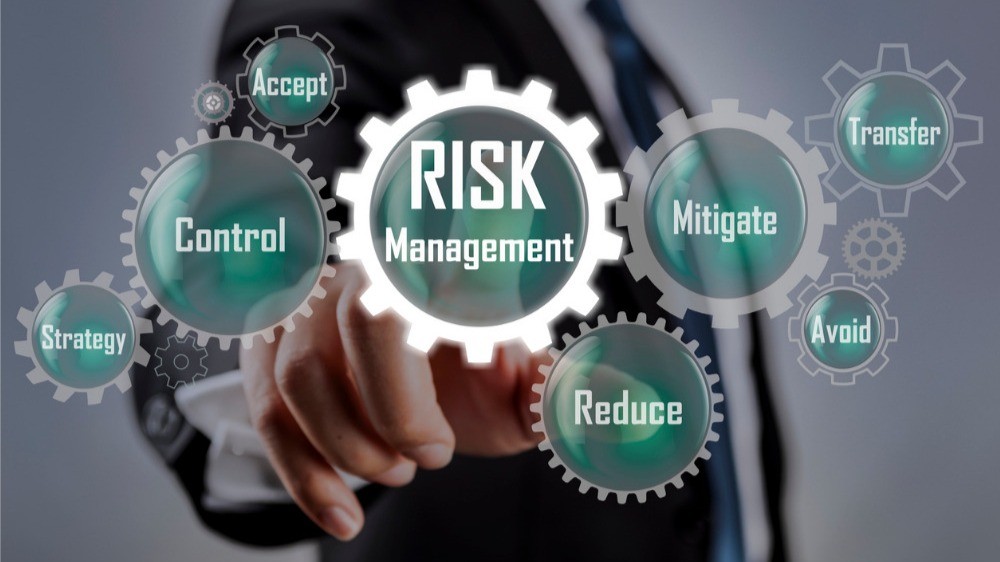In today’s ever-changing business landscape, managing risks and ensuring compliance has become a crucial aspect of running a successful enterprise. Failure to address these critical elements can lead to severe consequences, including legal repercussions, financial losses, and reputational damage. At Ariscu, we understand the importance of implementing a robust risk management compliance plan tailored to the unique needs of South African businesses.
Understanding Risk Management Compliance
Risk management compliance refers to the processes and procedures businesses put in place to identify, assess, and mitigate potential risks while adhering to relevant laws, regulations, and industry standards. It encompasses a wide range of areas, including financial risk, operational risk, legal risk, and reputational risk, among others.
Why is Risk Management Compliance Important?
Legal Compliance: Businesses operating in South Africa must comply with various laws and regulations, such as the Companies Act, the Protection of Personal Information Act (POPIA), and the Occupational Health and Safety Act. Failure to do so can result in hefty fines, legal actions, and potential business shutdowns.
Financial Stability: Effective risk management helps organizations identify and mitigate potential financial risks, ensuring business continuity and protecting profitability.
Reputation Management: A well-implemented compliance plan demonstrates a company’s commitment to ethical practices, enhancing its reputation and building trust with stakeholders, including customers, employees, and investors.
Competitive Advantage: By proactively managing risks and adhering to compliance standards, businesses can gain a competitive edge over their counterparts, positioning themselves as reliable and trustworthy partners.
Developing a Risk Management Compliance Plan
To effectively manage risks and ensure compliance, businesses in South Africa should follow a structured approach. Here are the key steps involved in developing a comprehensive risk management compliance plan:
Establish a Risk Management Framework
The first step is to establish a risk management framework that outlines the organization’s approach to identifying, assessing, and mitigating risks. This framework should align with industry best practices and regulatory requirements.
Conduct a Risk Assessment
Conduct a thorough risk assessment to identify potential risks that may impact the organization. This assessment should consider internal and external factors, such as operational processes, financial risks, legal and regulatory requirements, and environmental factors.
Implement Risk Mitigation Strategies
Once the risks have been identified and assessed, implement appropriate risk mitigation strategies. These strategies may include implementing new policies and procedures, investing in technology solutions, providing employee training, or engaging with third-party service providers.
Develop a Compliance Program
Establish a comprehensive compliance program that outlines the organization’s approach to adhering to relevant laws, regulations, and industry standards. This program should include policies, procedures, training programs, and monitoring mechanisms to ensure ongoing compliance.
Assign Roles and Responsibilities
Clearly define roles and responsibilities within the organization for risk management and compliance activities. This may involve appointing a dedicated risk management and compliance officer or establishing a cross-functional team responsible for overseeing these efforts.
Implement Monitoring and Reporting Mechanisms
Implement robust monitoring and reporting mechanisms to track the effectiveness of the risk management compliance plan. This includes conducting regular audits, monitoring key performance indicators (KPIs), and reporting on compliance status to relevant stakeholders.
Foster a Culture of Compliance
Cultivate a culture of compliance within the organization by promoting ethical behavior, providing ongoing training and awareness programs, and encouraging open communication and reporting of potential compliance issues.
Continuous Improvement and Adaptation
Risk management and compliance are ongoing processes that require continuous improvement and adaptation. As regulatory landscapes evolve, new risks emerge, and business operations change, it is essential to regularly review and update the risk management compliance plan to ensure its effectiveness and relevance.
By implementing a comprehensive risk management compliance plan, businesses in South Africa can not only mitigate potential risks but also position themselves as responsible and trustworthy organizations, fostering long-term success and sustainable growth.
FAQs
What are the 5 risk management plan?
The five key components of a risk management plan include risk identification, assessment, mitigation, monitoring, and communication strategies to address and manage potential risks effectively.
What is a risk management compliance programme?
A risk management compliance program is a structured approach to identifying, assessing, mitigating, and monitoring risks to ensure adherence to regulatory requirements and safeguard business operations, assets, and reputation.
What does a compliance management plan consist of?
A compliance management plan typically includes policies, procedures, controls, training programs, and monitoring mechanisms designed to ensure adherence to relevant laws, regulations, and industry standards, promoting ethical conduct and minimizing legal and operational risks.
What are the 4 components of a risk management plan?
The four components of a risk management plan are risk identification, assessment, mitigation, and monitoring. These elements form a structured approach to identify, analyze, address, and track risks throughout a project or business operation.
Conclusion:
Our Risk Management Compliance Plan offers a robust framework tailored to the needs of South African businesses. By effectively identifying, assessing, and mitigating risks, we ensure regulatory compliance and safeguard business operations. With clear communication strategies and ongoing monitoring, we empower businesses to navigate challenges confidently, fostering a culture of risk awareness and resilience. Trust in our comprehensive guide to mitigate risks and optimize compliance in the dynamic South African business landscape.







